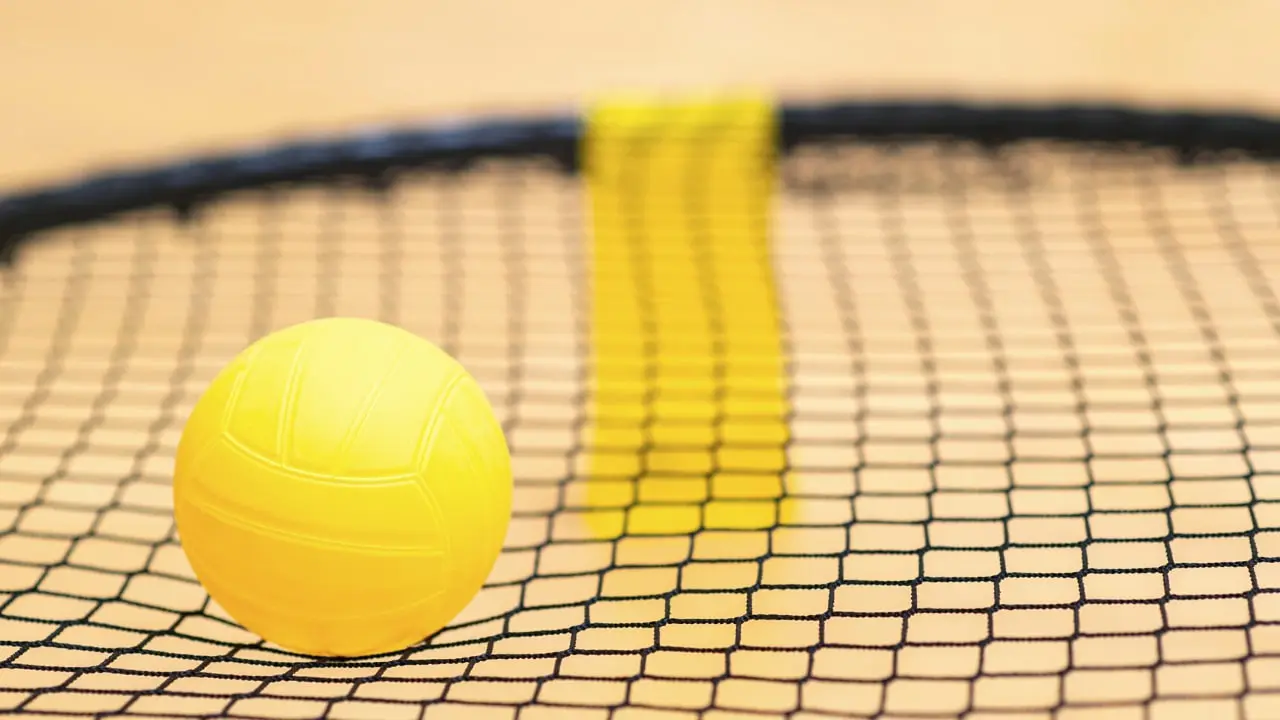Spikeball Terminology for Roundnet Enthusiasts - Terms and Techniques
Spikeball has turned from just a backyard sport to a highly competitive sport with more than 4 million players. Also known as Roundnet, it is a fast-paced game played between two teams of two players each. The objective is to hit the ball onto the net in such a way that the opposing team is unable to return the ball within three touches. In our other blog, we covered the story of Chris Ruder - The Spikeball CEO who revived this almost-forgotten game. The game is a creative mix of volleyball and handball requiring agility, teamwork, and quick reflexes.
In this article, we will cover all the spikeball terminology including techniques, serves, violations, and even strategies applied to ace the game.
Related Read: How To Set Up a Spikeball Net Properly - Pro Guide!
All Spikeball Terms & Their Meanings
Spikeball Equipment Terms
- Roundnet – The circular net used for Spikeball gameplay.
- Frame – The plastic rim supporting the net, keeping it firm.
- Net Tension – The tightness of the net, affecting ball bounce and gameplay.
- Spikeball Ball – The rubber ball used in the game, typically yellow and about the size of a softball.
General Gameplay Terms
- Serve – The first hit that starts a rally.
- Return – The first hit by the receiving team after the serve.
- Rally – The sequence of hits exchanged between teams before a point is scored.
- Hit (Touch) – Any contact with the ball by a player.
- Side-Out – When the serving team loses the rally, and the opposing team gains the serve.
Spikeball Serving Terms & Techniques
A powerful serve can give you a competitive edge in Spikeball tournaments. Here are the key terms you need to know:
Serving Types
- Drop Serve – A soft serve where the ball is dropped onto the net with minimal force.
- Hard Serve – A powerful, fast serve designed to challenge the receiver.
- Cut Serve – A serve with a side spin that makes the ball curve unpredictably.
- Jam Serve – A serve that goes straight at the opponent’s body, making it difficult to return.
- No-Hit Zone Violation – When a player steps too close to the net while serving, resulting in a fault.
Receiving and Return Terms
- Clean Receive – A successful, legal return without double touches or fouls.
- Fault – A violation that results in a point or loss of serve (e.g., improper serve, pocket shot).
- Pocket – When the ball hits both the rim and the net simultaneously, leading to an unpredictable bounce.
Offensive & Defensive Spikeball Terms for Competitive Players
To dominate your Spikeball matches, you need to understand both offensive and defensive strategies.
Offensive Terms
- Spike – A forceful hit aimed at making a return difficult.
- Drop Shot – A lightly tapped hit intended to fall short near the net, catching the opponent off guard.
- Fake Hit – A deceptive motion that misleads opponents before executing a real shot.
- Roll Shot – A hit that applies spin to the ball, making it curve unpredictably.
- Backhand Hit – A shot using the back of the hand instead of the palm, adding unpredictability.
Defensive Terms
- Body Block – Using the body to stop an opponent’s shot (legal if unintentional).
- Defensive Touch – A controlled hit or block to regain possession.
- Read & React – A defensive strategy where players anticipate the opponent’s next move.
- Dive Save – A desperate dive to keep the ball in play after a difficult hit.
Common Spikeball Rule Violations & Faults
Understanding Spikeball rules can prevent costly mistakes in competitive games.
- Double Hit – When a player touches the ball twice in a row (illegal).
- Carry – Holding, scooping, or throwing the ball instead of cleanly hitting it.
- Rim Shot – When the ball hits the plastic rim, resulting in a fault.
- Interference – When a player obstructs an opponent’s movement or shot, leading to a replay.
- Foot Fault – Stepping outside the designated service boundary while serving.
Strategy & Communication in Spikeball
Effective communication and teamwork can make a big difference in Spikeball tournaments.
- Set Up – Positioning teammates to execute the best attack.
- Rotation – Adjusting player positions to cover the court efficiently.
- Fake Out – A deceptive move to mislead opponents before striking.
- Call Outs – Verbal cues between teammates (e.g., "Mine!", "Switch!", "Drop!").
Learning about these basic terminology can help you boost your knowledge about the game. At PortaCourts, we provide premium quality custom spike ball courts, equipment, and expert tips to help you level up your game. Stay updated to learn all about sports flooring solutions and more!
COMMENTS
Sort by :





Leave A Comment